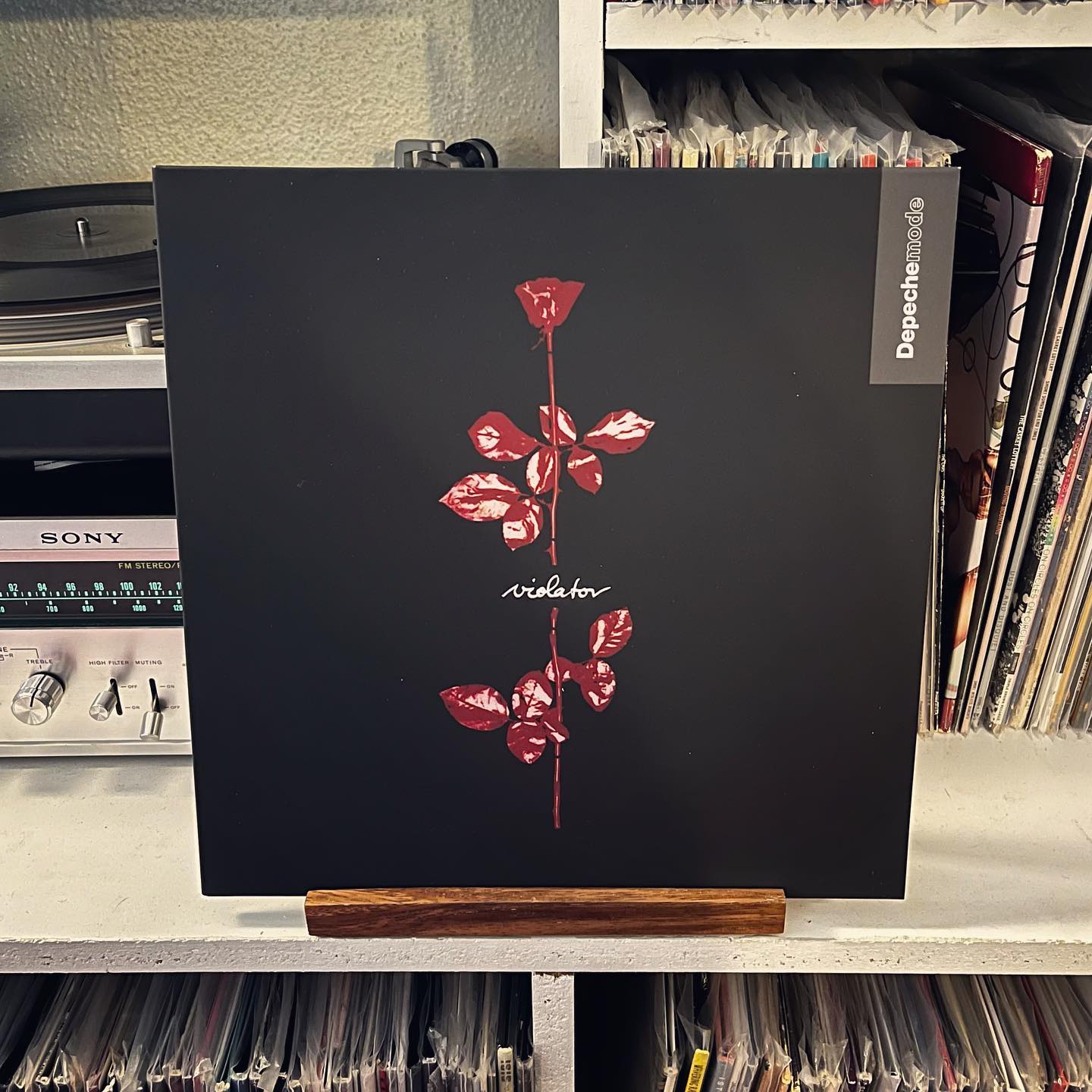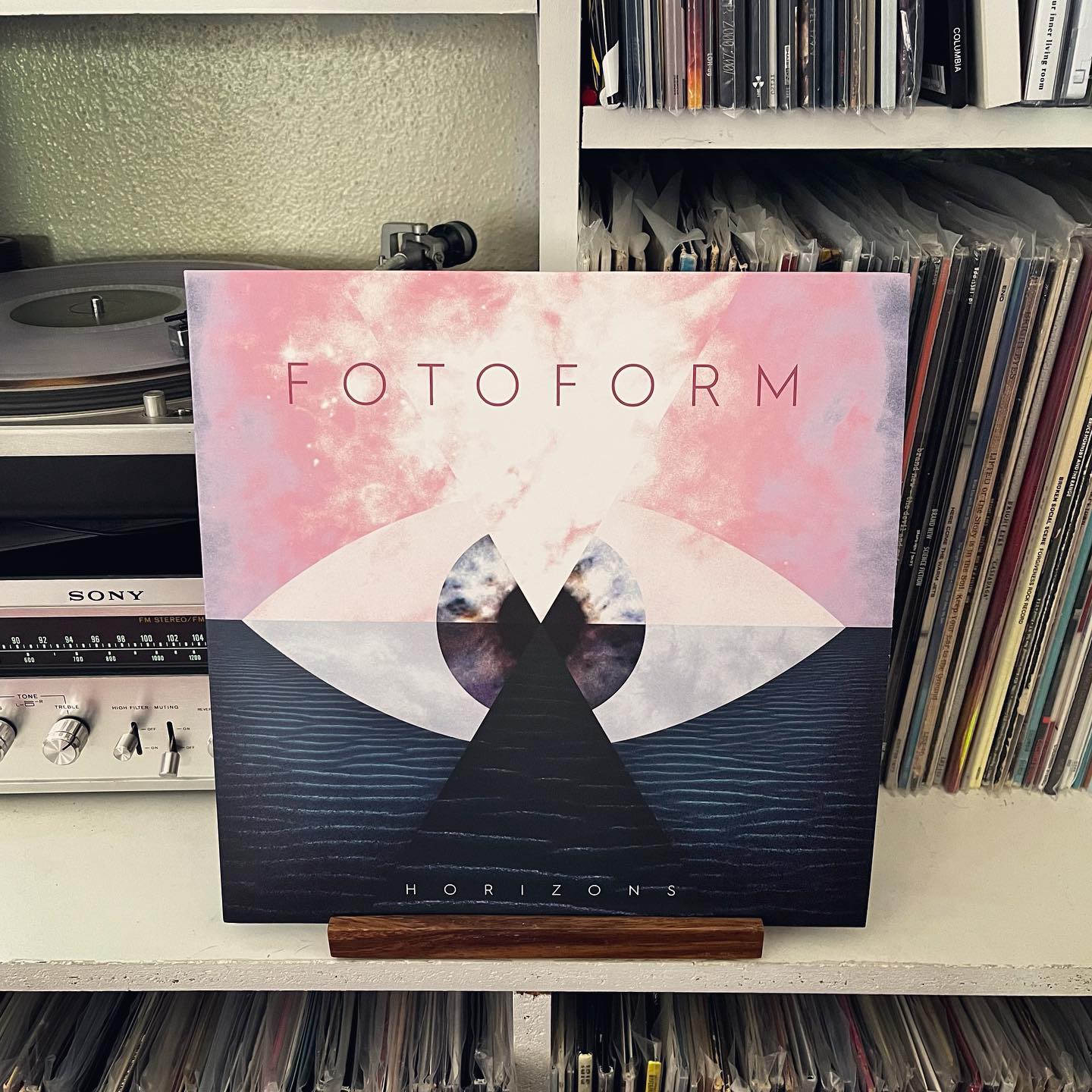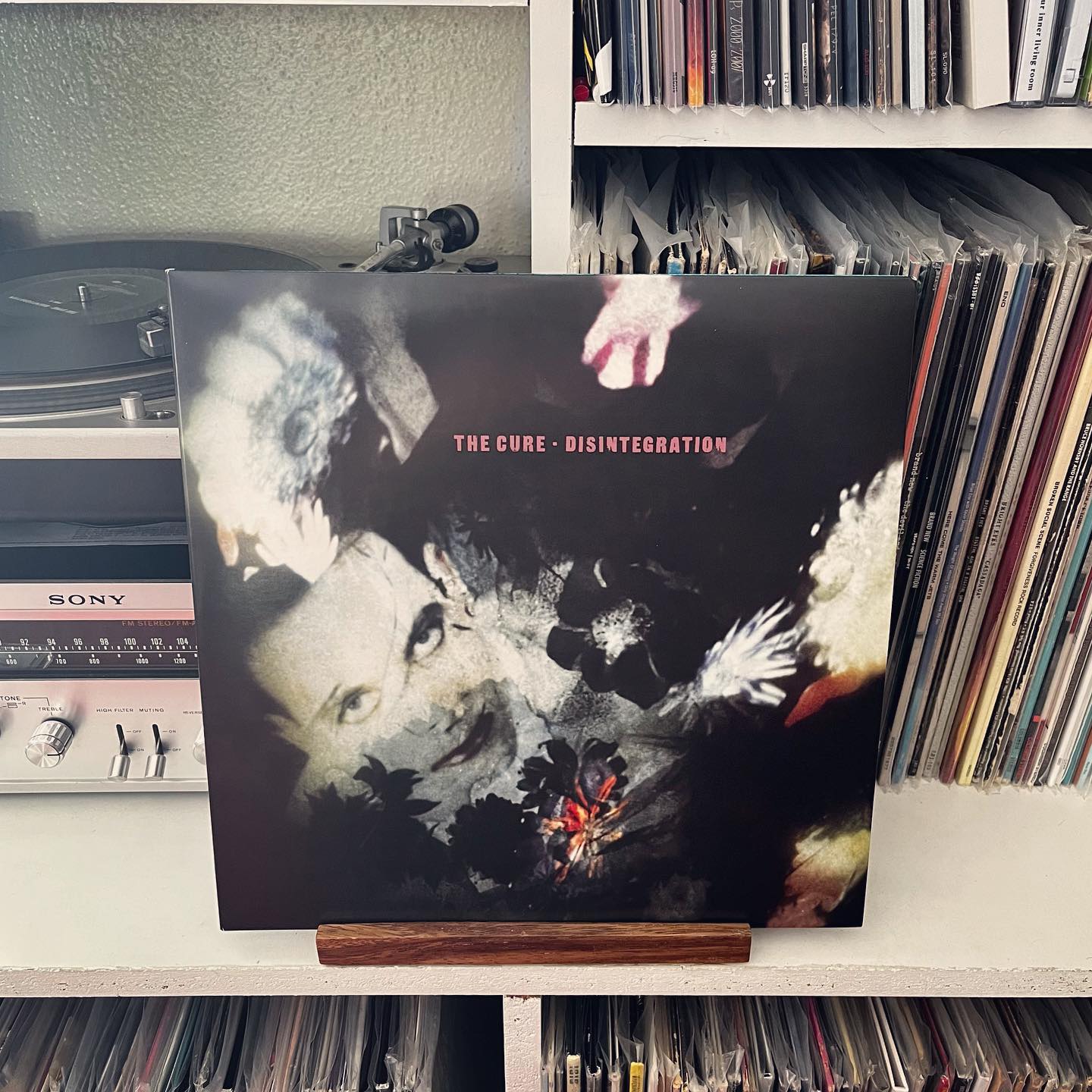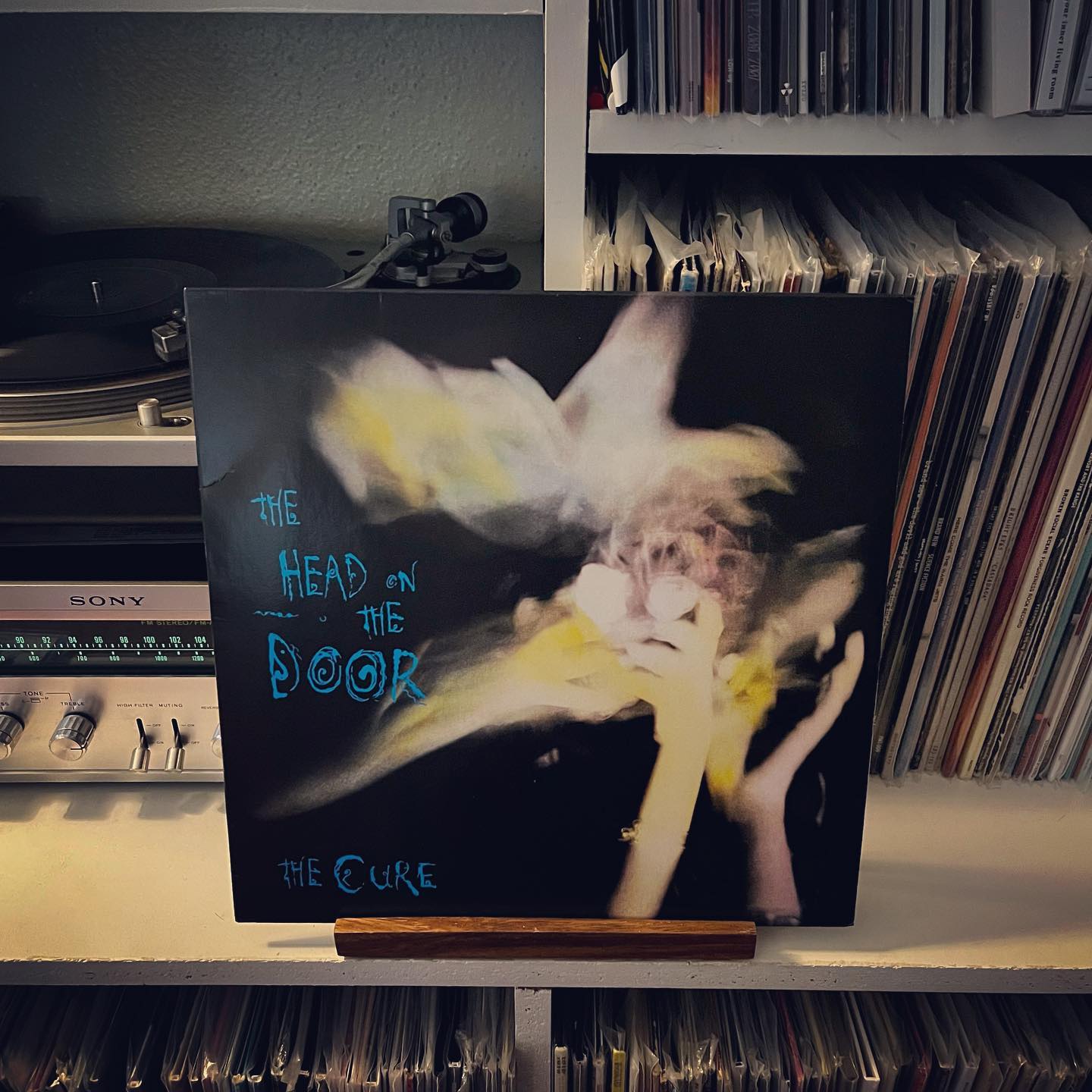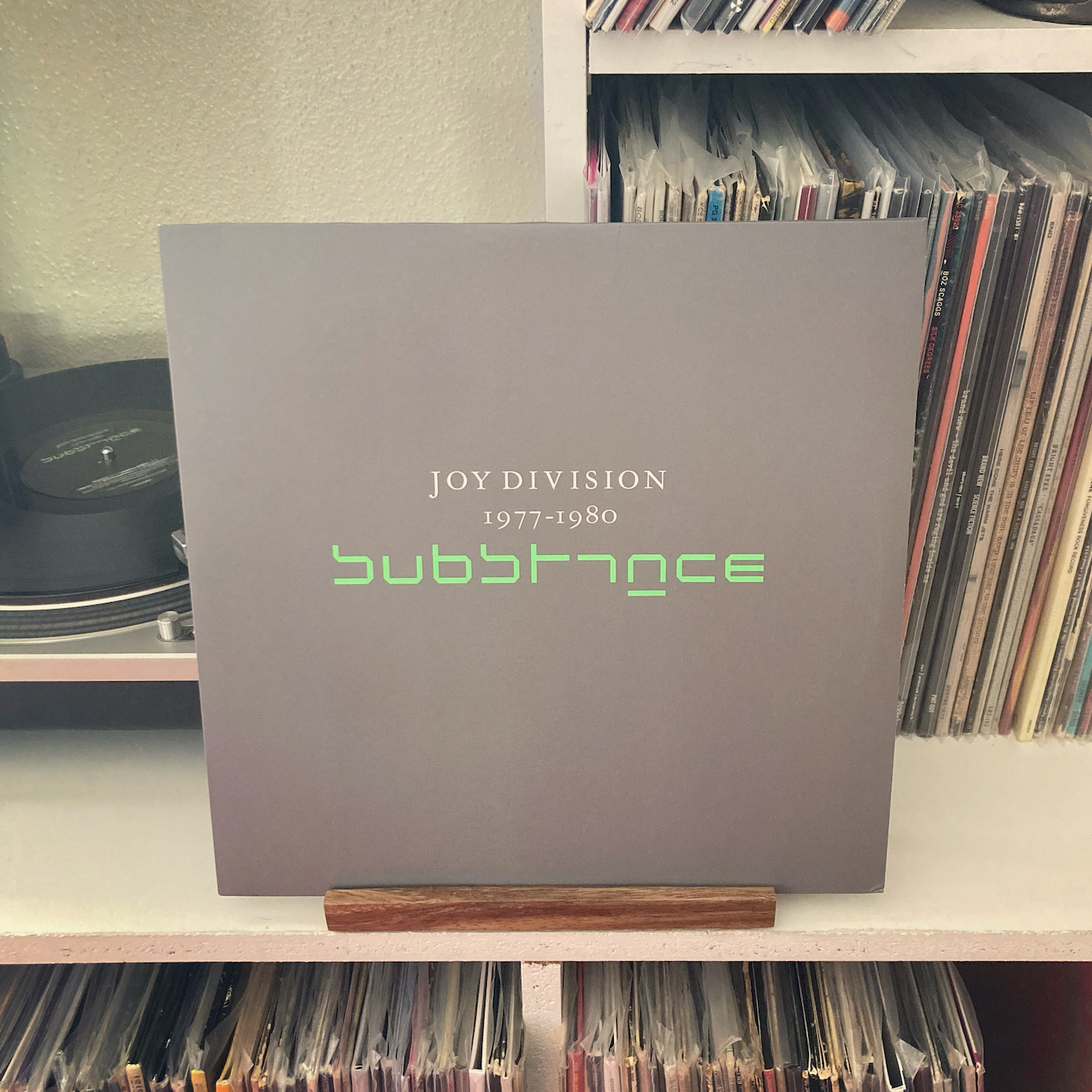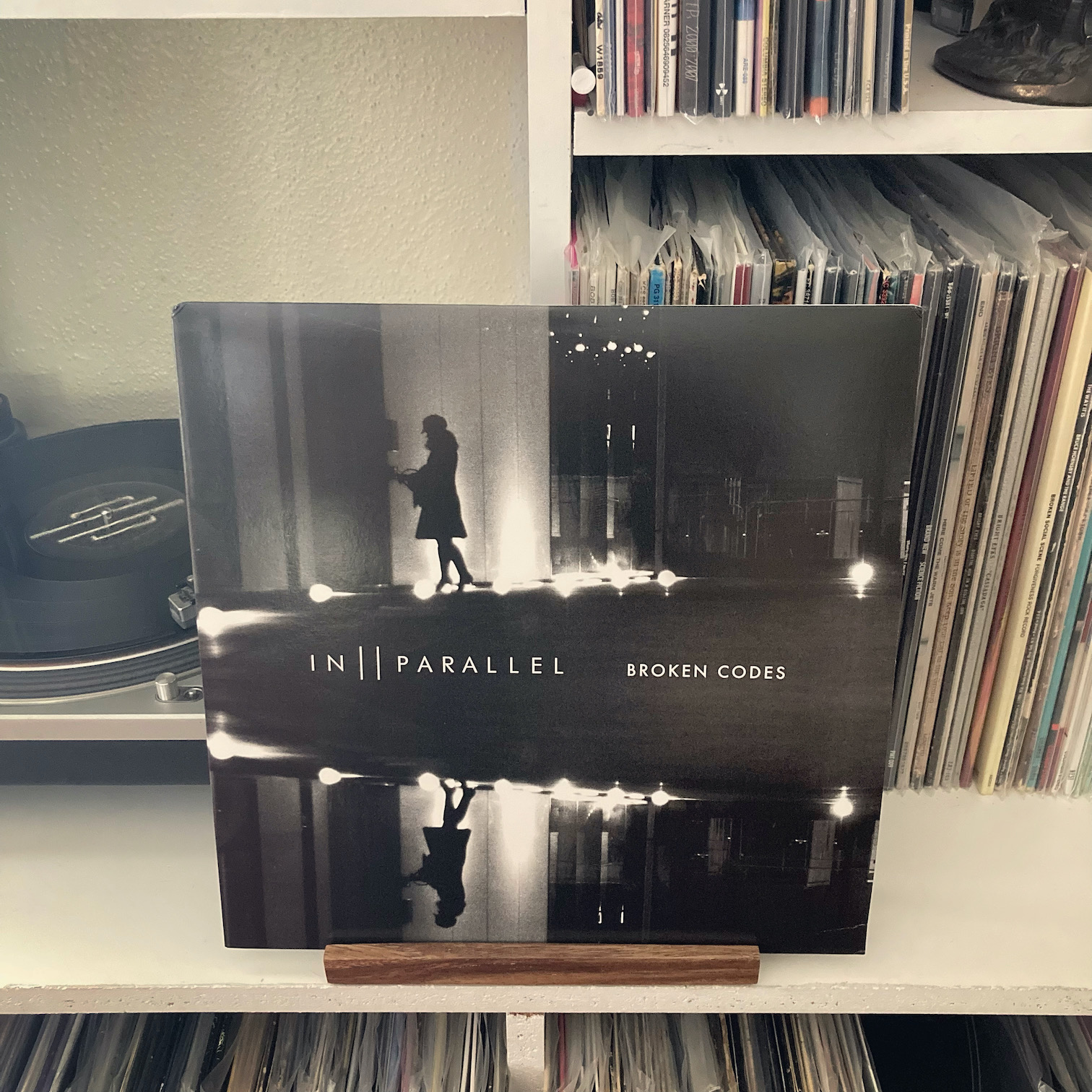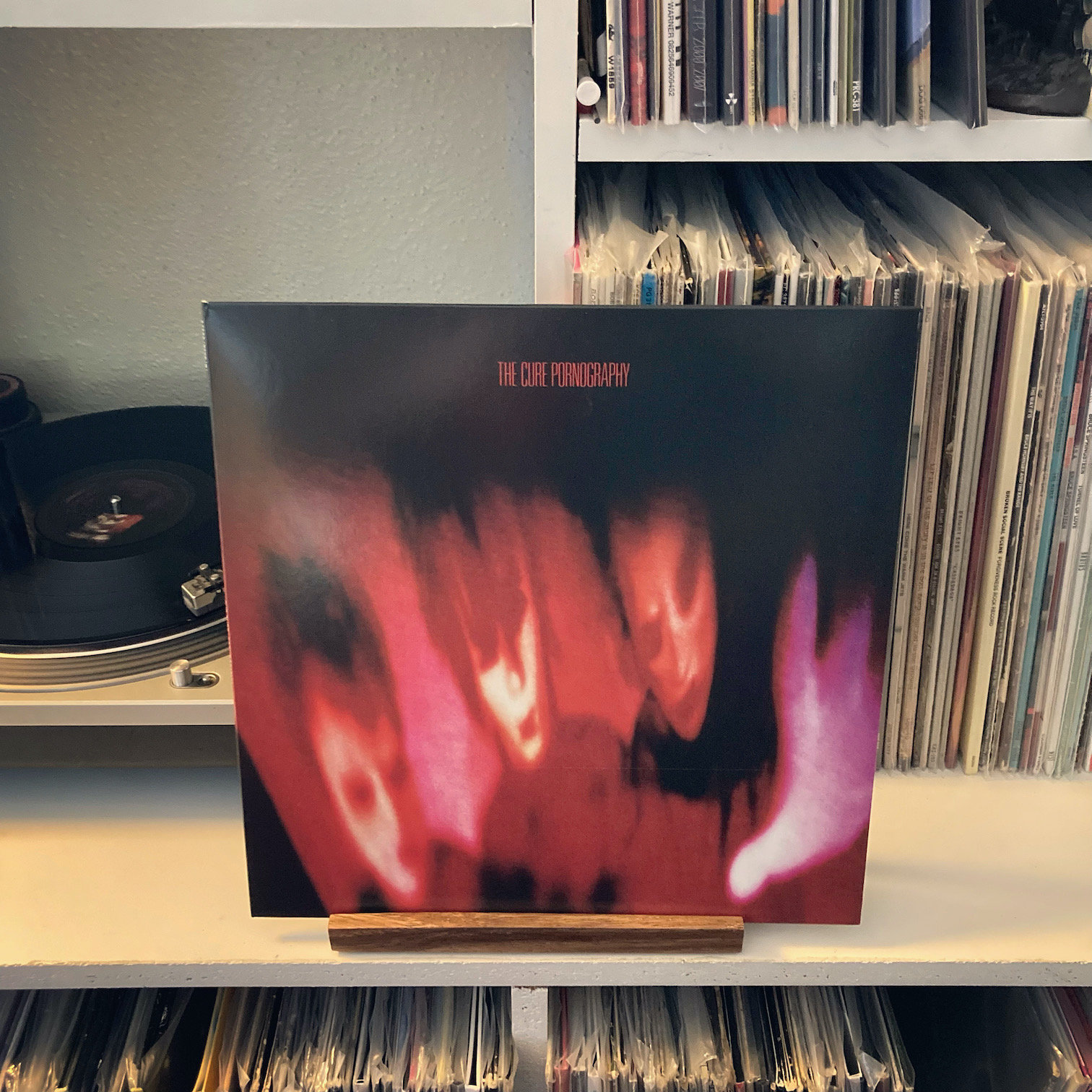
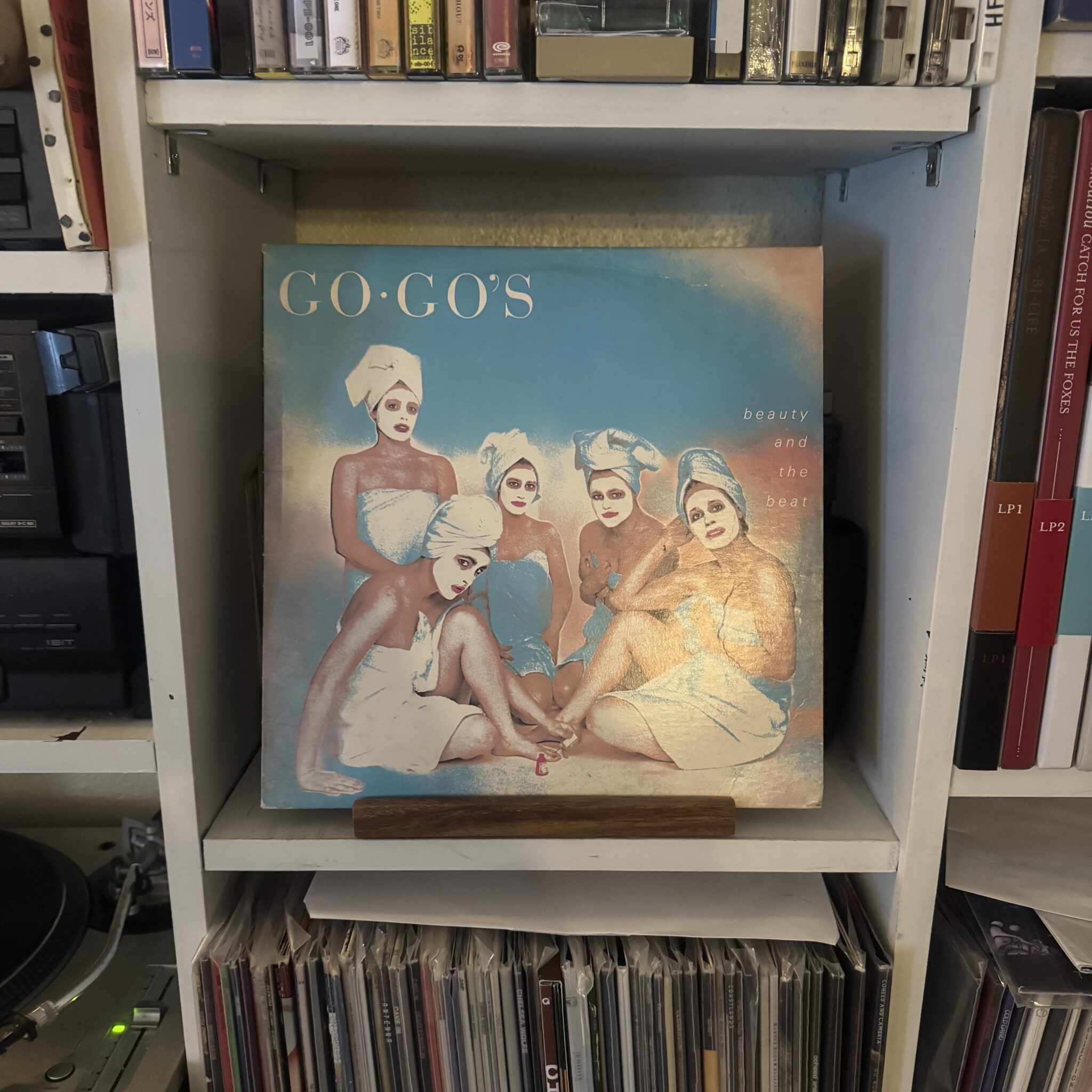 The mythos of rock and roll party culture is almost as significant to pop music history as the music itself. And while no one is caught off guard to hear about acts of depravity from Guns & Roses or Mötley Crüe, it comes as a surprise to most people that one of the most notoriously wild acts of the 1980s was none other than The Go-Go’s.
The mythos of rock and roll party culture is almost as significant to pop music history as the music itself. And while no one is caught off guard to hear about acts of depravity from Guns & Roses or Mötley Crüe, it comes as a surprise to most people that one of the most notoriously wild acts of the 1980s was none other than The Go-Go’s.
Their proclivity for backstage sex parties might seem to run counter to their new wave pop perfectionism and girl-next-door charm. But a closer listen to their debut reveals a rebellious streak that might get missed when you just scan the hits. Even the coy “Our Lips Our Sealed” hides a sort lasciviousness in its secrecy.
Beauty and the Beat might sound squeaky clean, but the Go-Gos offer more than enough winks and nudges to hang with the rest of their new wave and punk contemporaries.
